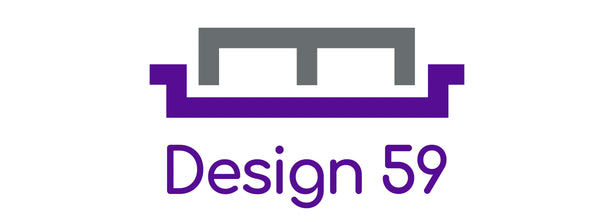When it comes to choosing the perfect table for your home or office, one of the essential decisions you need to make is selecting the right table legs. The choice between wood table legs and metal table legs can greatly impact the overall aesthetics, functionality, and durability of your table. Each option has its own unique characteristics and benefits. In this article, we will explore the pros and cons of both wood table legs and metal table legs to help you make an informed decision.
Pros and Cons of Wood Table Legs
Wood table legs have been a popular choice for centuries due to their timeless appeal and natural beauty. However, they also come with certain drawbacks that you should consider.
Advantages of Wood Table Legs
-
Natural and Aesthetic Appeal: Wooden table legs exude warmth, character, and a sense of authenticity. They add a touch of natural beauty to any space and can complement various interior styles, from rustic to traditional.
-
Versatility and Customization: Wood is a highly versatile material, allowing for a wide range of designs and finishes. You can easily customize wood table legs to match your specific preferences, whether you desire intricate carvings or a modern farmhouse look.
Disadvantages of Wood Table Legs
-
Susceptibility to Damage: Wood is susceptible to moisture, temperature changes, and scratches. It can warp or crack over time if not properly cared for. Spills or excessive heat can leave permanent marks on the surface.
-
Limited Strength and Durability: While wood is generally strong, it is not as durable as metal. This is especially true of softwoods such as pine. When using hardwoods such as parawood and acacia wood most of these strength limitations of limitations are no longer a concern. Heavy loads or constant movement can cause soft wood table legs to weaken or break over time.
Pros and Cons of Metal Table Legs
Metal table legs have gained popularity in modern interior design due to their sleek and contemporary appearance. However, they also have certain downsides that should be considered.
Advantages of Metal Table Legs
-
Strength and Stability: Metal table Bases offer excellent strength and stability, making them suitable for heavy-duty use. They can support substantial weight without compromising their structural integrity.
-
Modern and Sleek Design: If you prefer a minimalist mid century modern or industrial aesthetic, metal table legs can be a perfect choice. Their sleek lines and metallic finishes add a contemporary touch to any space.
Disadvantages of Metal Table Legs
-
Lack of Warmth and Natural Appeal: Unlike wood, metal lacks the natural warmth and organic appeal that wood brings. It may not be the ideal choice if you want to create a cozy or traditional ambiance.
-
Potential for Scratches and Dents: While metal are generally durable table legs, it is prone to scratches and dents. Sharp or heavy objects can leave marks on the surface, requiring extra care to maintain its appearance.
Which Option is Right for You?
The choice between wood table legs and metal table legs ultimately depends on your personal preferences, the style of your space, and the intended use of the table. Consider the following factors:
- Aesthetics: Do you prefer the natural beauty of wood or the modern appeal of metal?
- Durability: Will the table be subjected to heavy use or movement?
- Maintenance: Are you willing to put in extra effort to care for wood or prefer the low maintenance of metal?
- Interior Style: Does the table need to blend in with a specific design theme?
By considering these factors, you can determine which option aligns best with your needs and preferences.
Conclusion
In the debate of wood table legs vs. metal table legs, there is no one-size-fits-all answer. Both options have their own unique advantages and disadvantages. Wood table legs bring a natural and timeless beauty but require careful maintenance. Metal table legs offer strength and modern aesthetics but may lack warmth. Ultimately, your choice should be based on your personal style, intended use, and desired ambiance.
FAQs
1. Are wood table legs stronger than metal table legs? Wood table legs are generally not as strong as metal table legs. Metal provides superior strength and stability, making it suitable for heavy-duty applications.
2. Do metal table legs scratch easily? Metal table legs can scratch if they come into contact with sharp or abrasive objects. However, regular maintenance and precautions can help minimize scratches.
3. Can I customize the design of wood table legs? Yes, wood table legs offer excellent customization options. You can choose from various wood types, finishes, and designs to match your specific preferences.
4. Are metal table legs more expensive than wood table legs? The cost of metal table legs can vary depending on the type of metal and design. In general, metal table legs tend to be slightly more expensive than wood table legs.
5. Which option is more environmentally friendly? Both wood and metal can be environmentally friendly options depending on their sourcing and manufacturing processes. Look for sustainably sourced materials to minimize the environmental impact.


